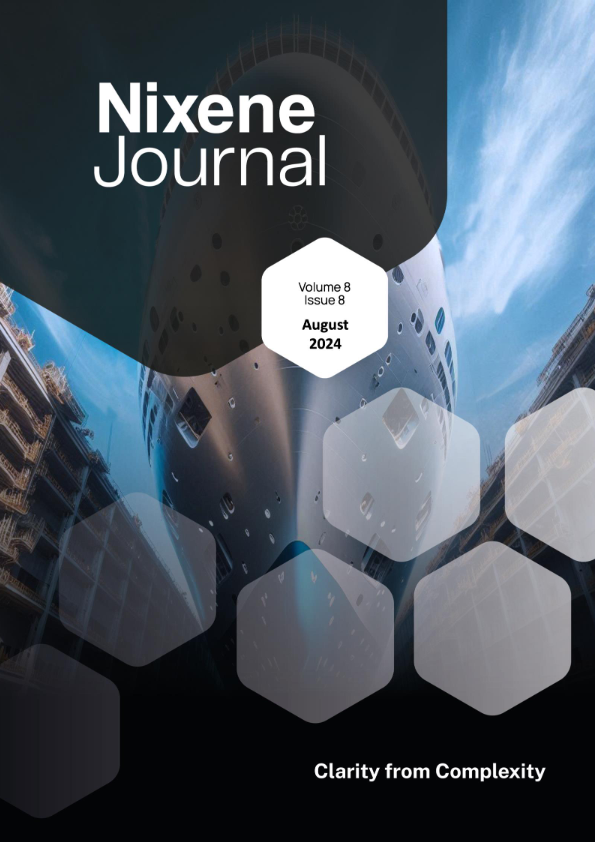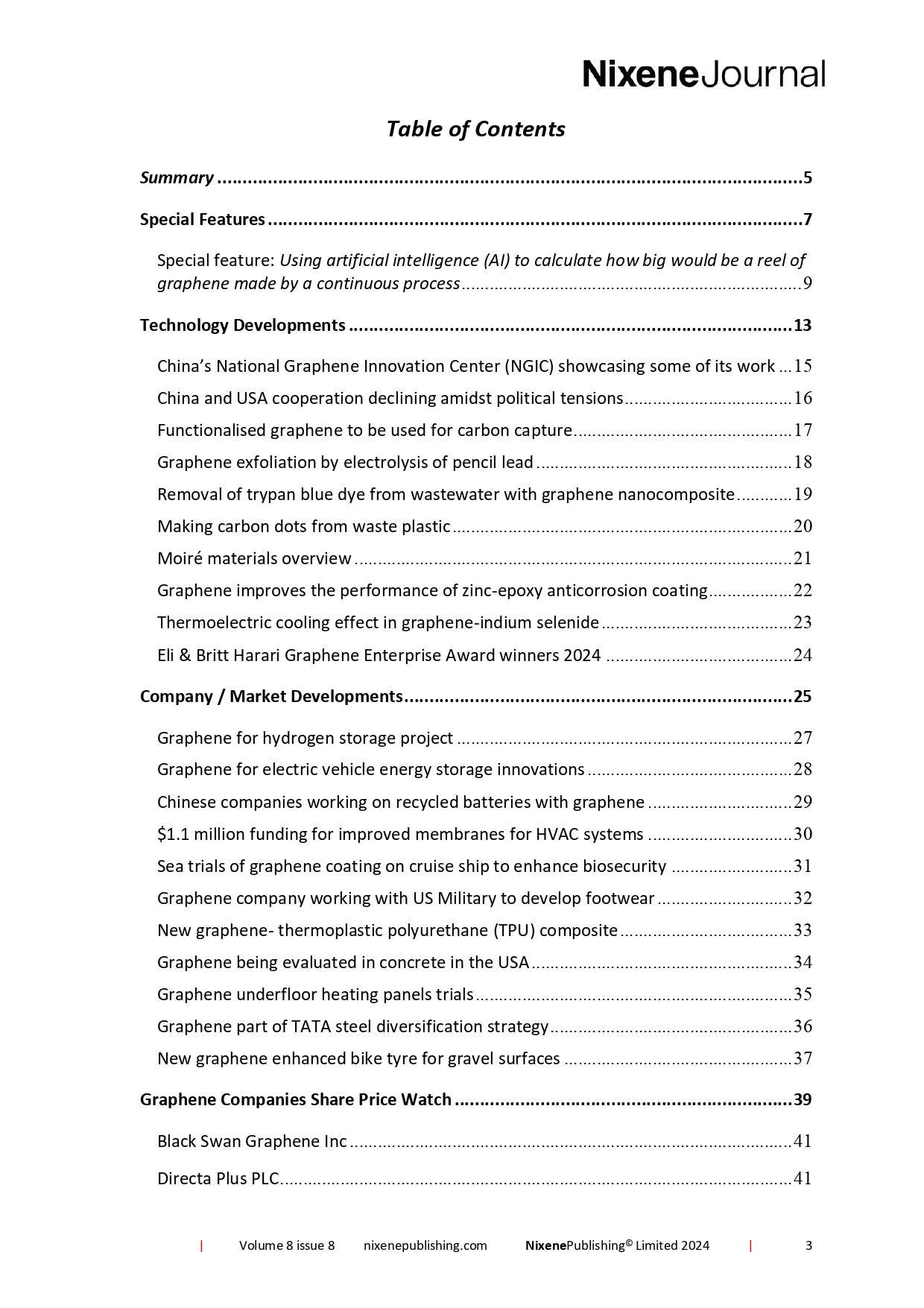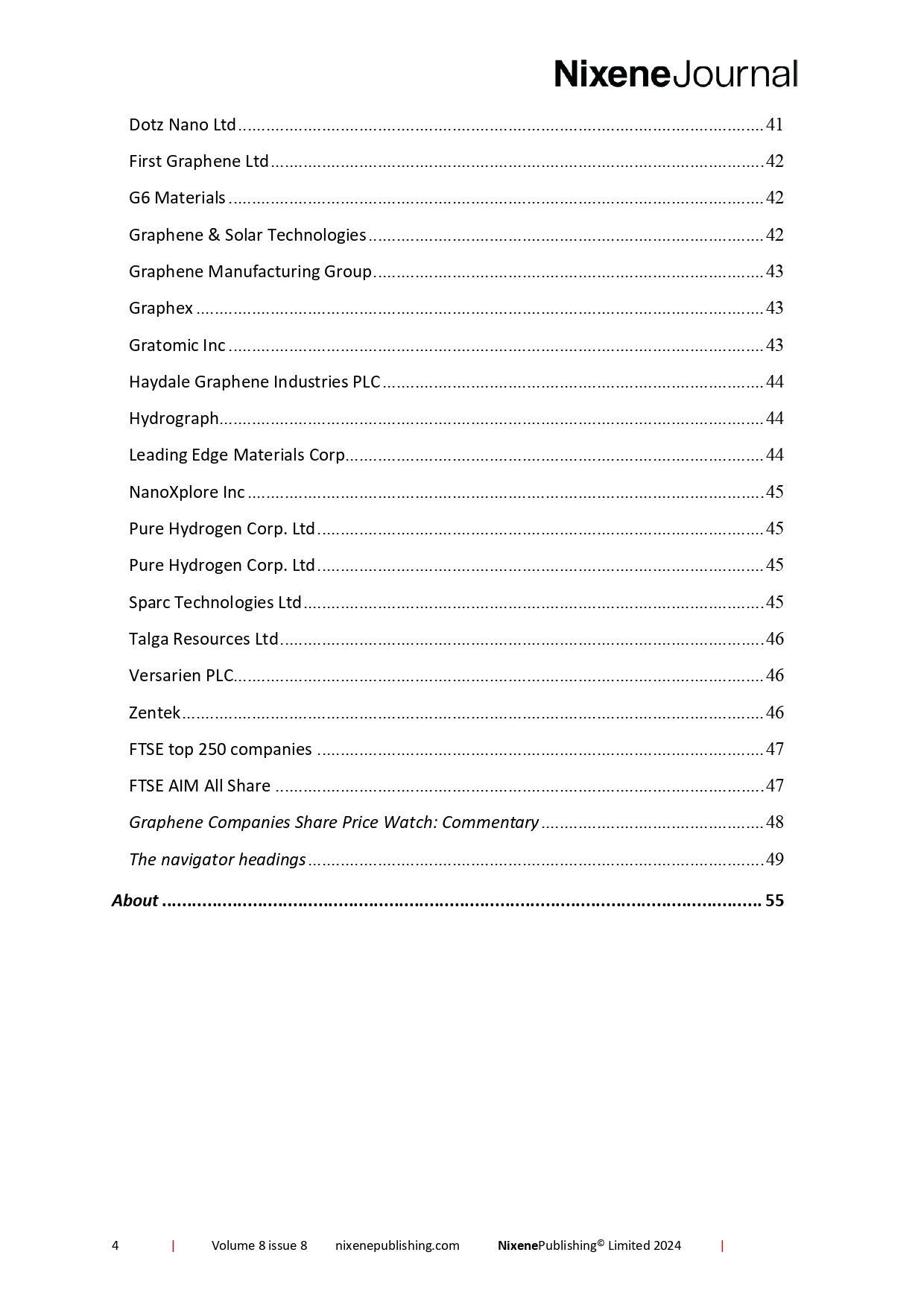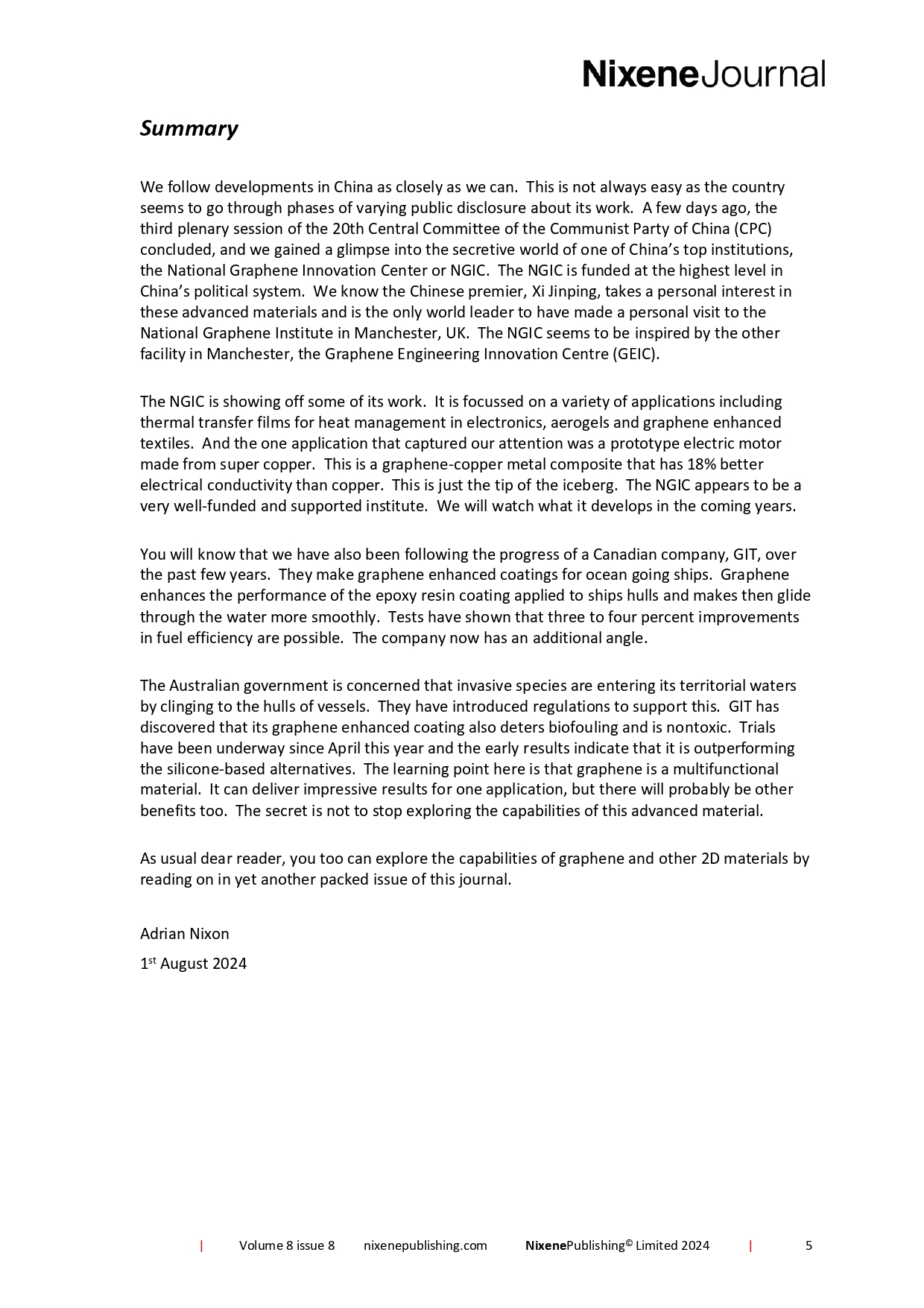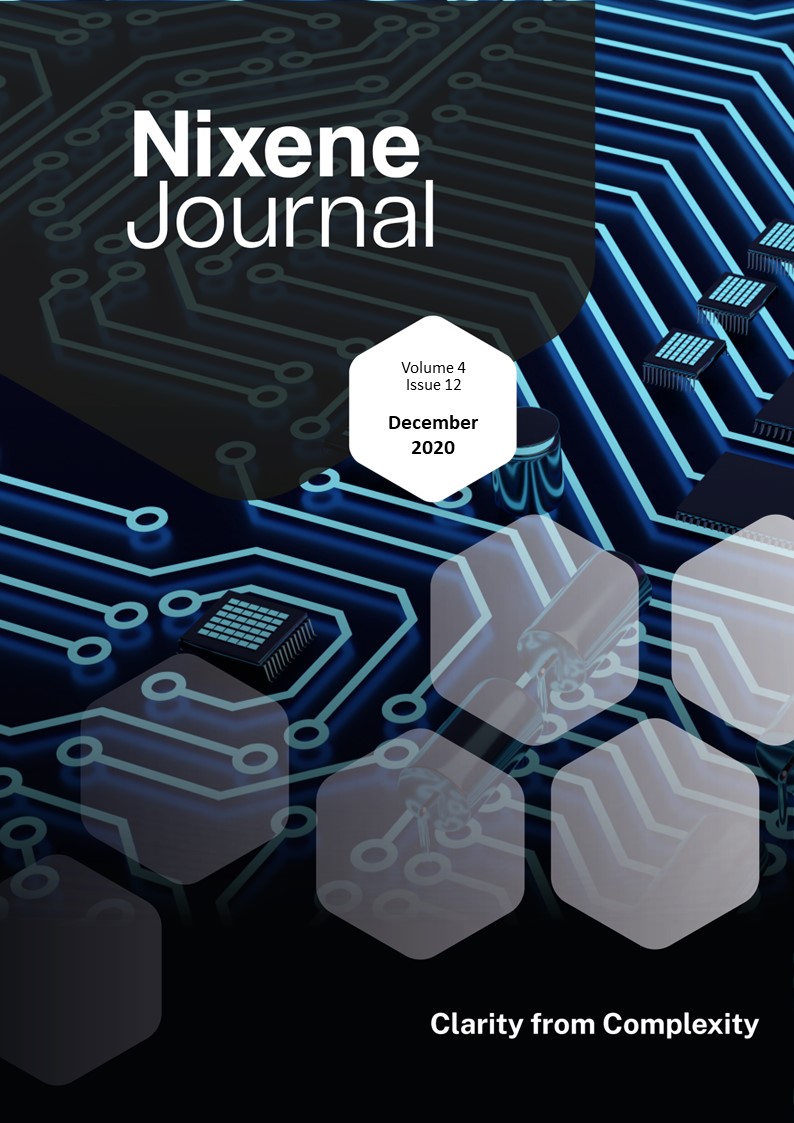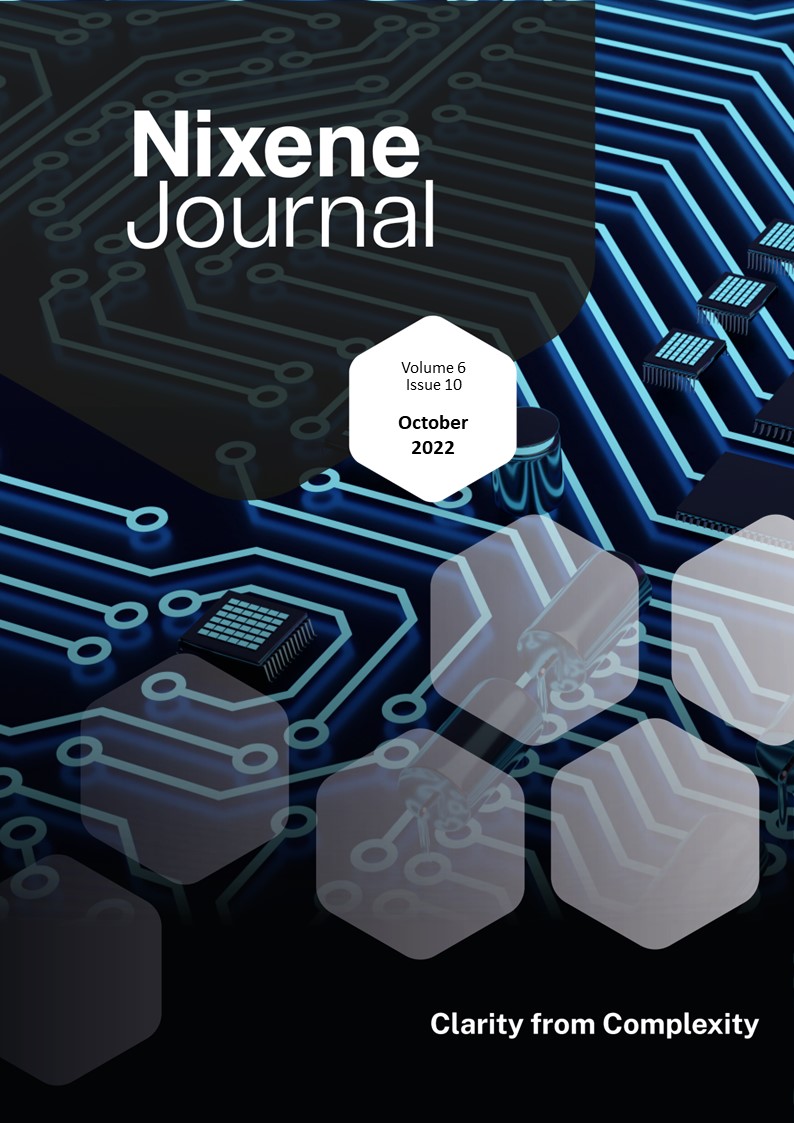Description
We follow developments in China as closely as we can. This is not always easy as the country seems to go through phases of varying public disclosure about its work. A few days ago, the third plenary session of the 20th Central Committee of the Communist Party of China (CPC) concluded, and we gained a glimpse into the secretive world of one of China’s top institutions, the National Graphene Innovation Center or NGIC. The NGIC is funded at the highest level in China’s political system. We know the Chinese premier, Xi Jinping, takes a personal interest in these advanced materials and is the only world leader to have made a personal visit to the National Graphene Institute in Manchester, UK. The NGIC seems to be inspired by the other facility in Manchester, the Graphene Engineering Innovation Centre (GEIC).
The NGIC is showing off some of its work. It is focussed on a variety of applications including thermal transfer films for heat management in electronics, aerogels and graphene enhanced textiles. And the one application that captured our attention was a prototype electric motor made from super copper. This is a graphene-copper metal composite that has 18% better electrical conductivity than copper. This is just the tip of the iceberg. The NGIC appears to be a very well-funded and supported institute. We will watch what it develops in the coming years.
You will know that we have also been following the progress of a Canadian company, GIT, over the past few years. They make graphene enhanced coatings for ocean going ships. Graphene enhances the performance of the epoxy resin coating applied to ships hulls and makes then glide through the water more smoothly. Tests have shown that three to four percent improvements in fuel efficiency are possible. The company now has an additional angle.
The Australian government is concerned that invasive species are entering its territorial waters by clinging to the hulls of vessels. They have introduced regulations to support this. GIT has discovered that its graphene enhanced coating also deters biofouling and is nontoxic. Trials have been underway since April this year and the early results indicate that it is outperforming the silicone-based alternatives. The learning point here is that graphene is a multifunctional material. It can deliver impressive results for one application, but there will probably be other benefits too. The secret is not to stop exploring the capabilities of this advanced material.
As usual dear reader, you too can explore the capabilities of graphene and other 2D materials by reading on in yet another packed issue of this journal.
Adrian Nixon
1st August 2024

